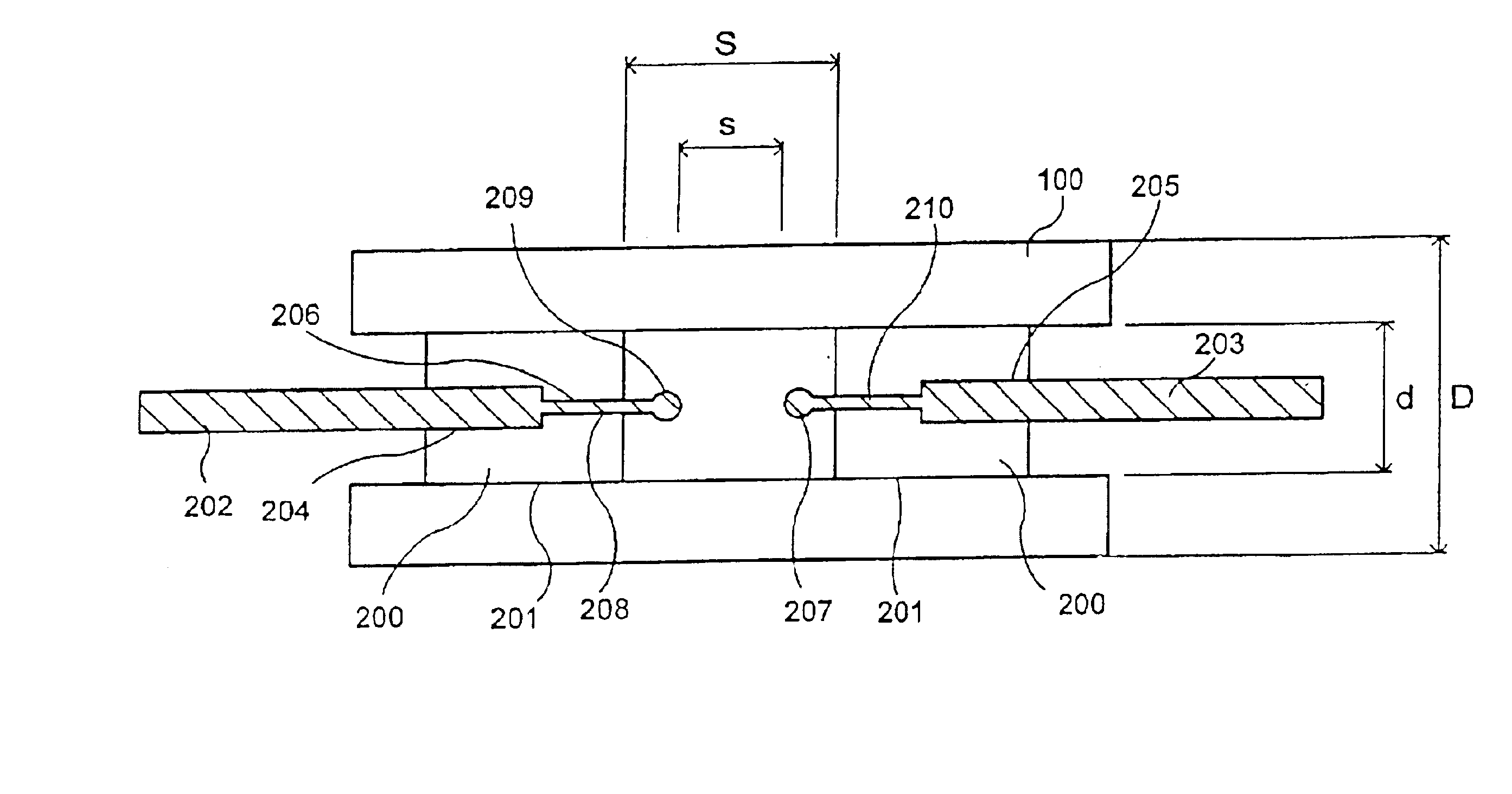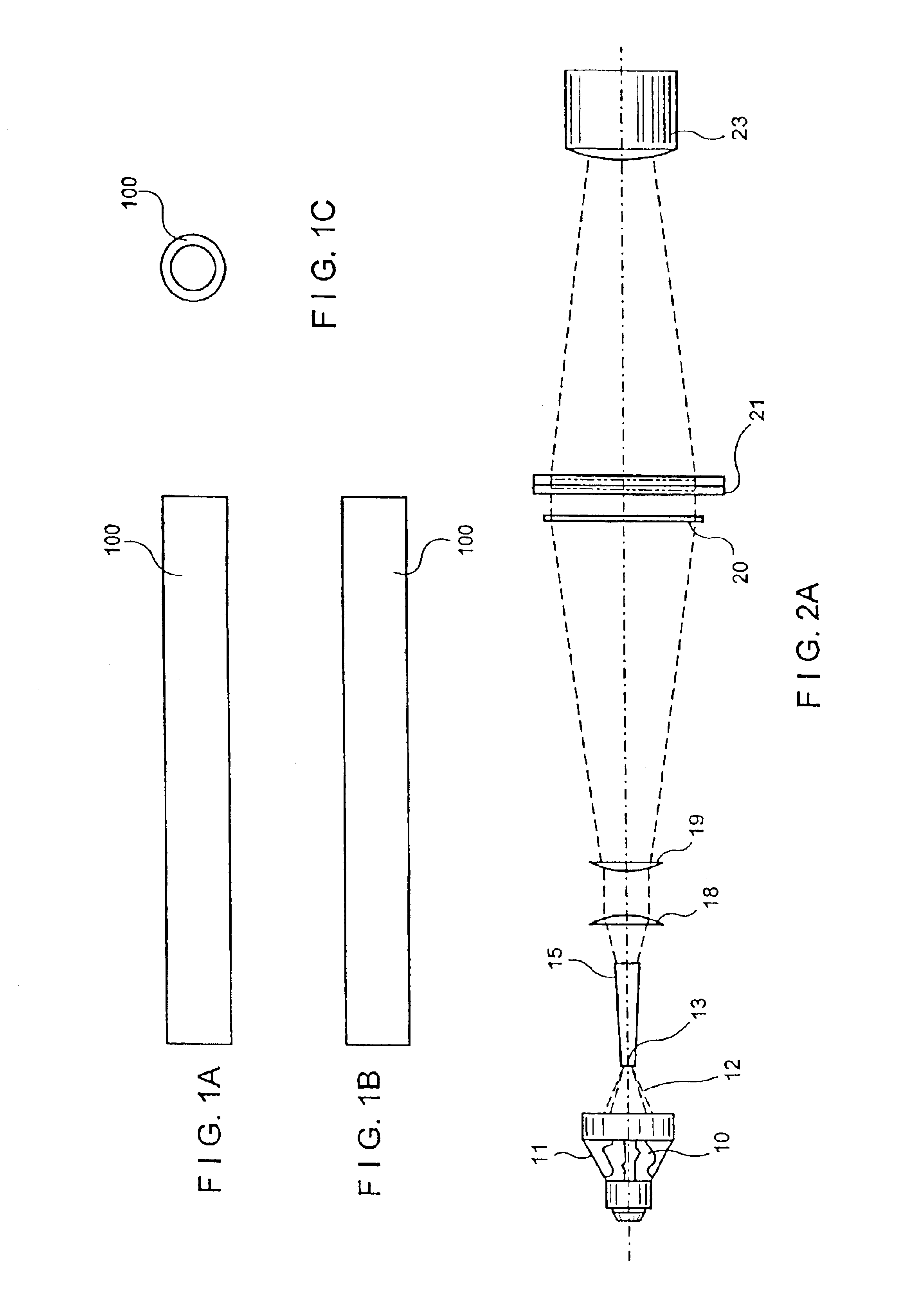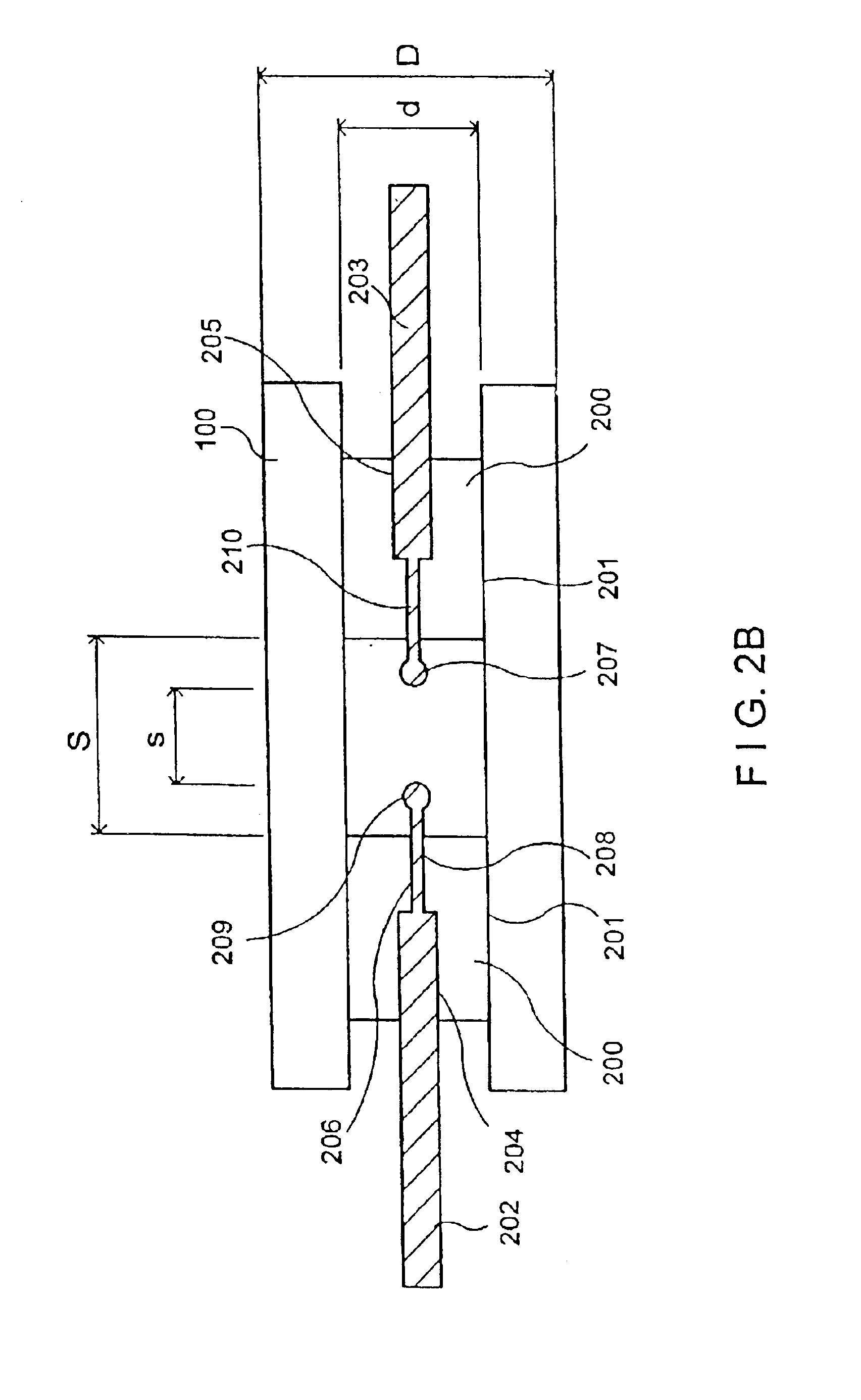High intensity discharge lamp with single crystal sapphire envelope
a high intensity, sapphire envelope technology, applied in the manufacture of discharge tubes/lamps, discharge tube main electrodes, electric discharge tubes/lamps, etc., can solve the problems of reducing and affecting the efficiency of hid lamps. , to achieve the effect of reducing the cost of hid lamps, and generating light more efficiently
- Summary
- Abstract
- Description
- Claims
- Application Information
AI Technical Summary
Benefits of technology
Problems solved by technology
Method used
Image
Examples
Embodiment Construction
[0032]Embodiments of the present invention will be described in detail with reference to the accompanying drawings.
[0033]The present invention describes a HID lamp with a SCS envelope and a method for manufacturing the envelope. Such SCS envelope lamp may be optimized for applications in the visual light range as well as in the UV or IR range of the radiation spectrum.
[0034]Structural integrity of the SCS envelope lamp depends upon the physical characteristics of the envelope and end plug materials and the effectiveness of the seals. The envelope and end plugs of the present invention may be manufactured to close tolerances for a consistent fit. The necessary holes in the end plugs for the electrode leads may be produced by conventional or laser drilling or by utilization of small diameter SCS tubing. The SCS envelope lamp according to the present invention may preferentially be assembled using seal materials with similar thermal expansion characteristics to the SCS components, such...
PUM
 Login to View More
Login to View More Abstract
Description
Claims
Application Information
 Login to View More
Login to View More - R&D
- Intellectual Property
- Life Sciences
- Materials
- Tech Scout
- Unparalleled Data Quality
- Higher Quality Content
- 60% Fewer Hallucinations
Browse by: Latest US Patents, China's latest patents, Technical Efficacy Thesaurus, Application Domain, Technology Topic, Popular Technical Reports.
© 2025 PatSnap. All rights reserved.Legal|Privacy policy|Modern Slavery Act Transparency Statement|Sitemap|About US| Contact US: help@patsnap.com



